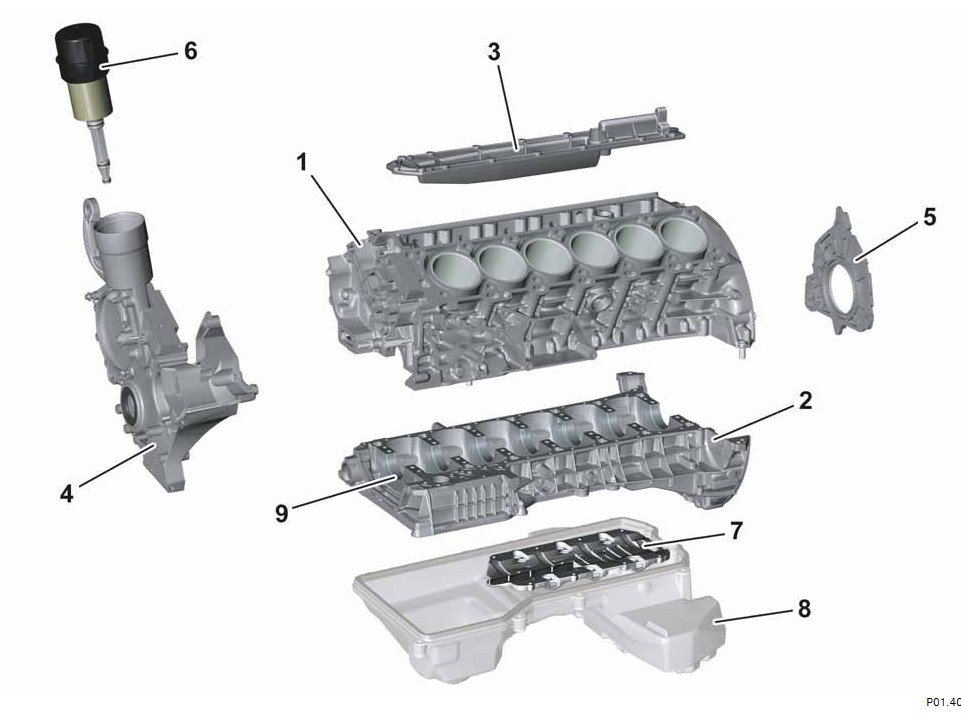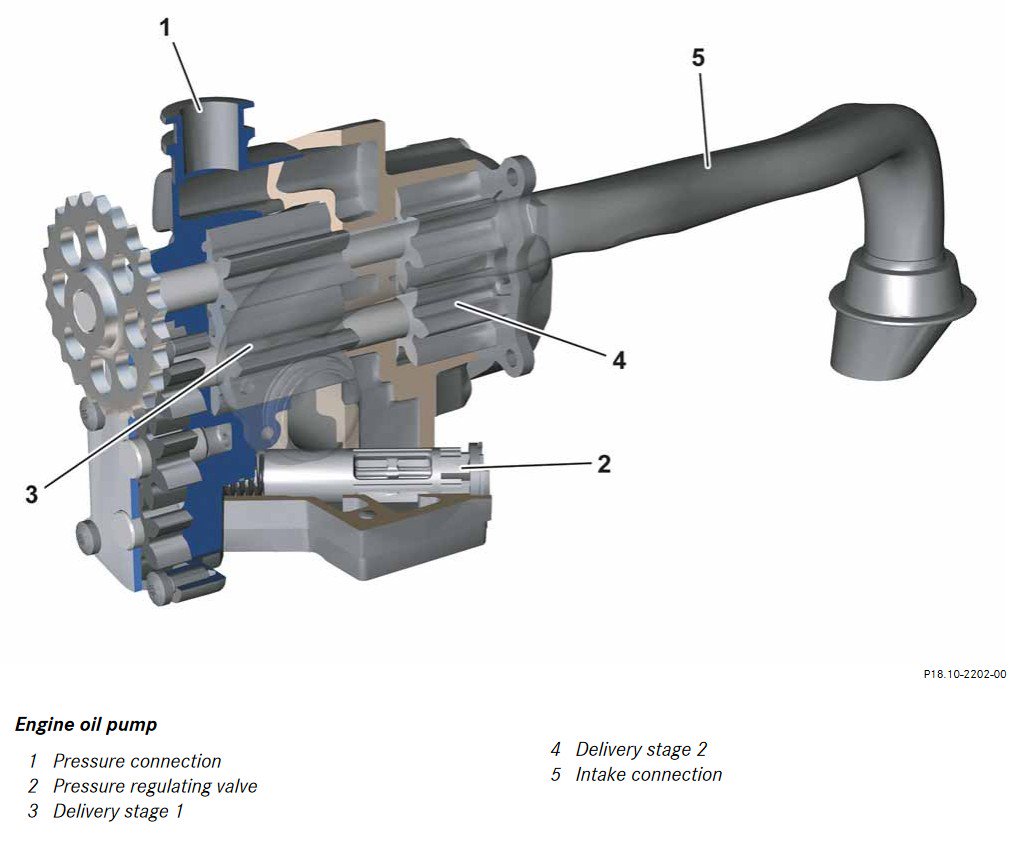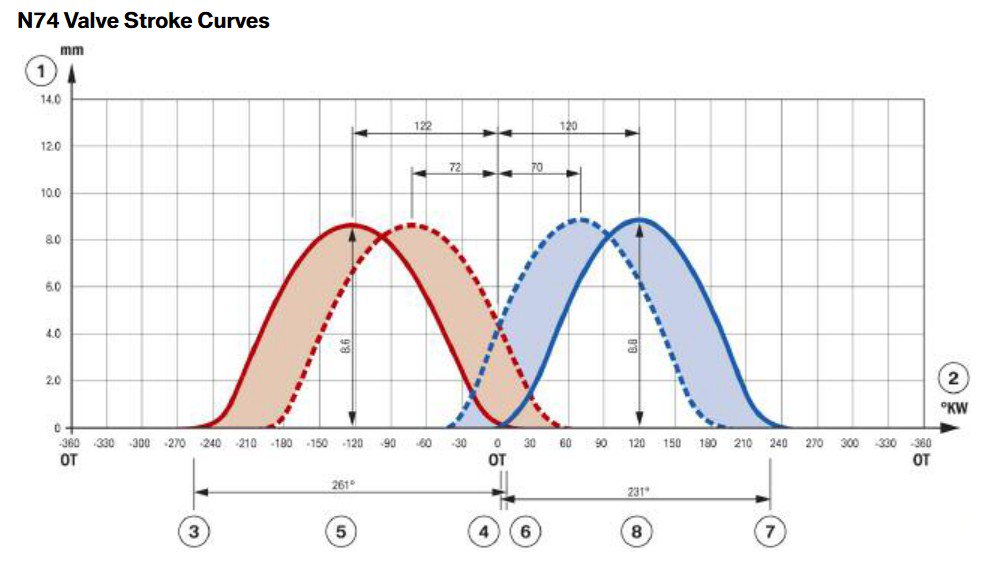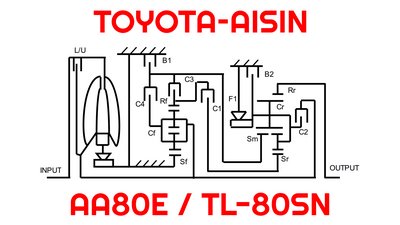techXXX
Mercedes M279 vs BMW N74: Comparing German V12 Biturbo Engines
Today, I compare the design of two German V12 biturbo engines, the Mercedes M279 and the BMW N74, along 7 aspects.

Today, I compare the design of two German V12 biturbo engines, the Mercedes M279 and the BMW N74, along 7 aspects. For differences between the N74 and the later N74TU, check out my previous article.

Crankcase
The two engine blocks can hardly be more different. The M279 uses an open deck design with a two-piece crankcase. The lower half acts as a girdle in place of individual main bearing caps. Crucially, its “Silitec” block uses the Lokasil process, with which a sleeve 2.5mm thick is inserted to provide a high-silicon region around the cylinder. Lokasil is the least durable process to prepare an aluminium block.
In comparison, the N74 block has a closed deck, deep skirt design. It uses individual main bearing caps. This Alusil block uses a homogenous hypereutectic alloy. Even though Alusil is less durable than both more traditional and more modern processes, it is more durable than Lokasil. For more details on the two processes, check out my previous article.
Crankcase Ventilation
In terms of crankcase ventilation, the M279 uses a single centrifugal oil separator driven by the left camshaft. This is a simple, elegant solution. The N74, on the other hand, uses a more conventional passive system that also works just fine.
Crankshaft
BMW states that the crankshaft on the N74 is 100% balanced. In contrast, Mercedes describes the crankshaft on the M279 to have a “high balancing rate” that is just over 50% rotating. This is a strange choice, as a 50% balancing rate is not high and is bad for both performance and durability.
Stroke Ratio
The M279 has 82.6mm bore and 93mm stroke and is undersquare. The N74 has 89mm bore and 80mm stroke and is oversquare. This difference in stroke ratio is part of the reason why the M279 has a lower redline. With an oversquare design with long connecting rod, the N74 should be the smoother of the two; its durability benefits from this, too.

Oil pump
In terms of oil pump, the M279 uses a two-stage external gear pump, while the N74 uses a pendulum slide cell variable displacement pump. The pump in the Mercedes is simpler and more robust, while that on the N74 is more efficient.

Cylinder Head
One of the most important differences that determine the characteristics of the two engines is the engine head design. The M279 uses SOHC cylinder heads. It has a fixed camshaft sprocket without variable valve timing (VVT). It uses two spark plugs per cylinder, which at one point was marketed as more efficient, even though real-world evidence is lacking, and no other engine uses this design today. At least it uses individual ignition coil packs instead of the cassettes on the M275.
The N74 has a DOHC design with four valves per cylinder. It also has dual VANOS variable valve timing. Between the two, the N74’s cylinder head breathes much better. The stock N74 only has 0.7 bar of maximum boost. The stock M279 has a maximum boost of 1.5 bars, which is very high.

Fuel Supply & Vacuum System
The M279 is port-injected, while the N74 is direct-injected. Port injection is considerably simpler, though GDI allows the N74 to run a higher compression ratio, 10:1 compared to 9:1 in the Mercedes, which improves power and efficiency.
On the other hand, because the N74 is direct-injected and turbocharged, it needs a vacuum pump. The M279 has a vacuum reservoir that stores engine vacuum from when it is running in naturally aspirated mode and from deceleration.
Overall, the N74 is considerably more advanced. It has better crankcase, crankshaft, and cylinder head, and it is oversquare. Its Archille’s heel is the problematic piezoelectric injectors. The M279 is a much simpler design that is probably more reliable, though its Lokasil block, less balanced crankshaft, and undersquare design mean a shorter service life.



